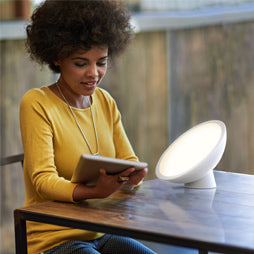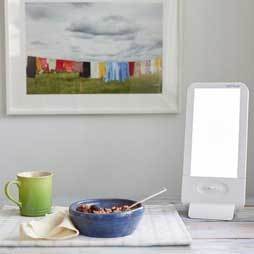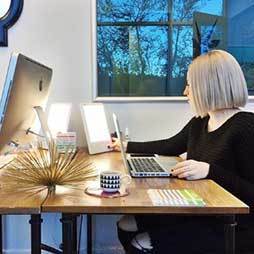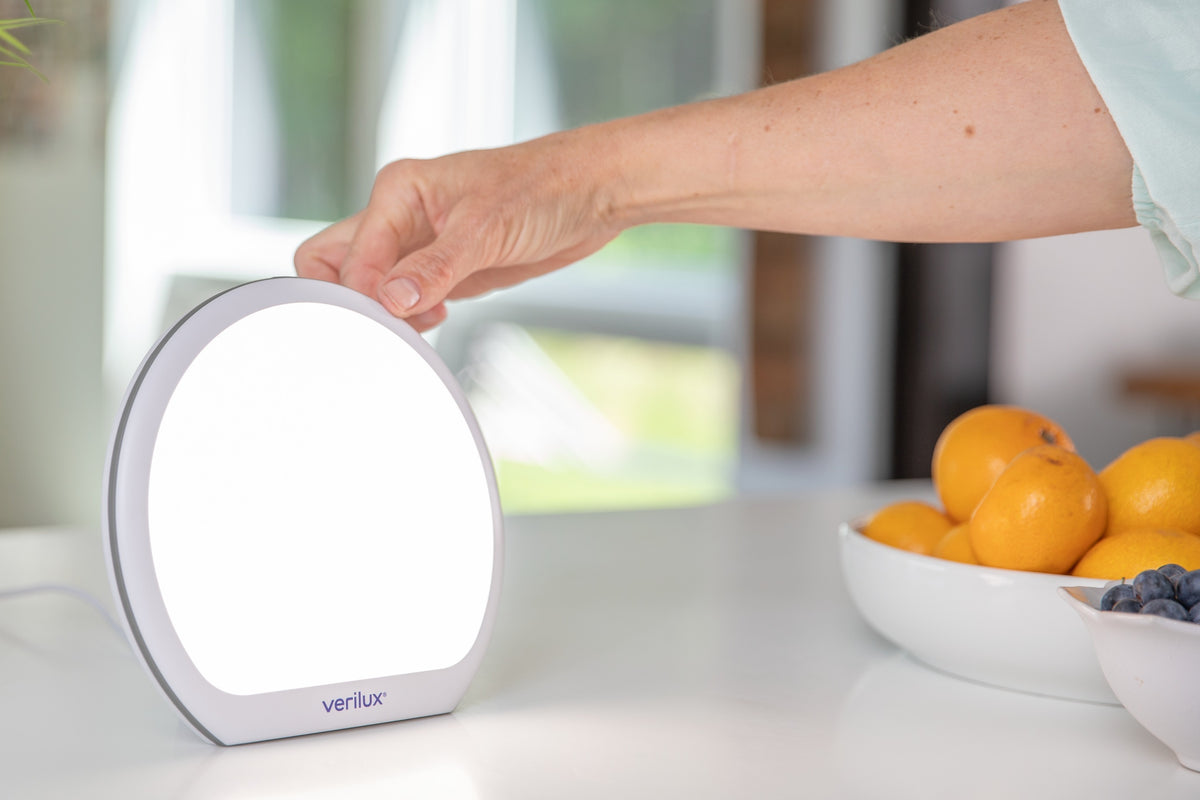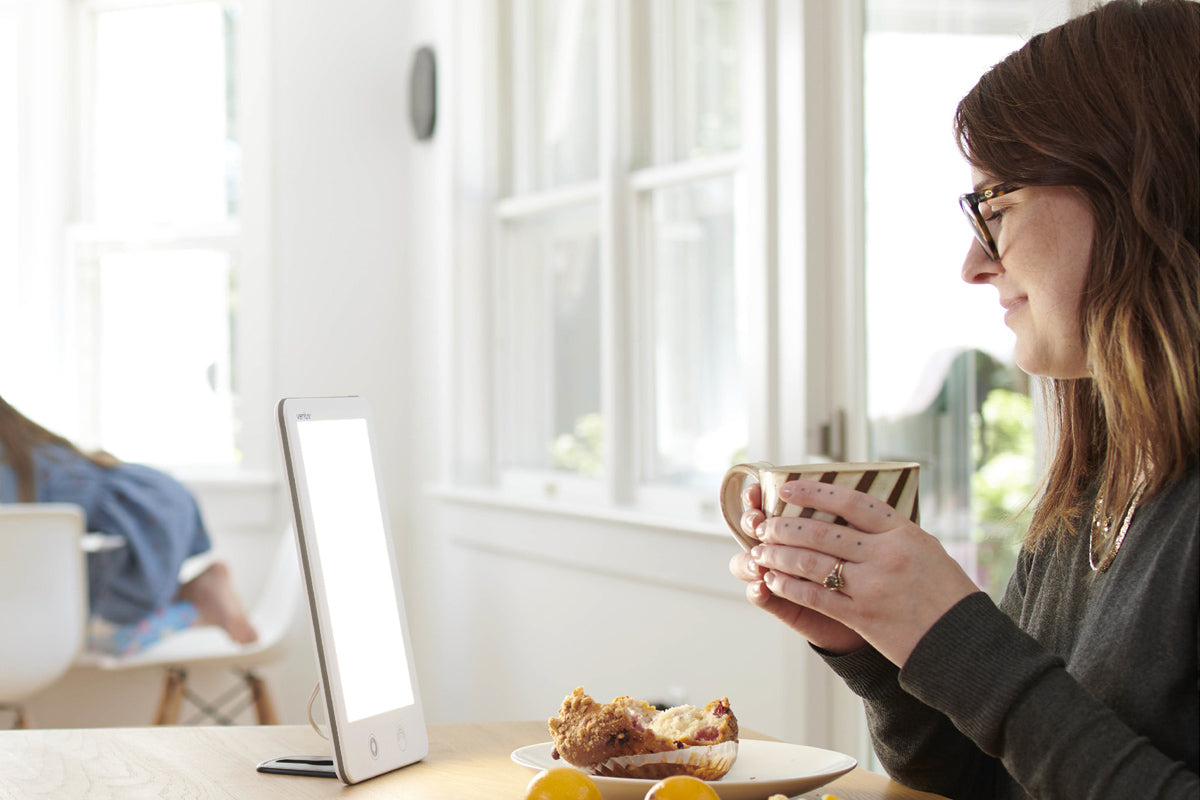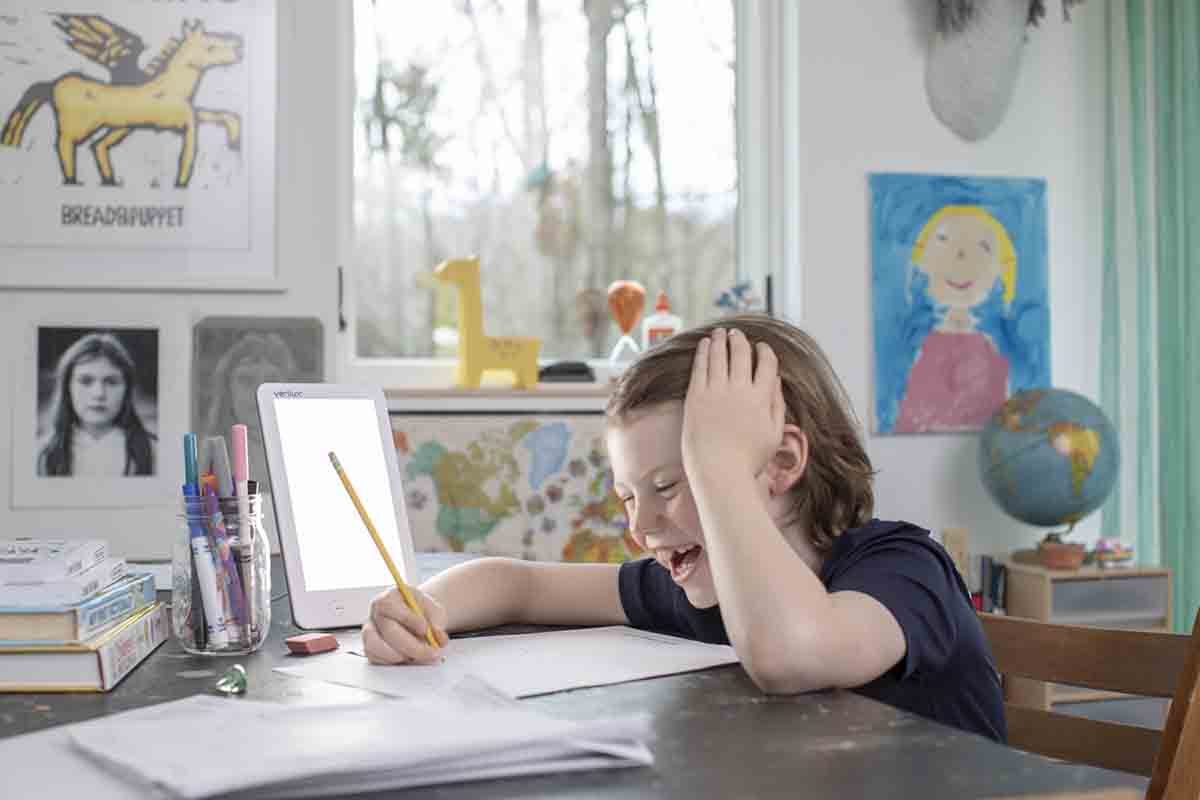Extract the maximum from the summer without feeling the burn.
The advent of summer, in theory at least, brings with it the glory of sun-filled days filled with barbecues, trips to the seaside and all manner of other enjoyable outdoor pursuits.
It seems churlish to dampen any enthusiasm for that time spent in the sunshine, but as with almost everything, there are health concerns to consider. Chief among which is the time-honoured battle between your vitamin D requirements and the risk of skin cancer.
To make sure you’re getting the balance right, here’s Dr Stephanie Munn, consultant dermatologist from Bupa Health Clinics, with three tips for ensuring you get the perfect amount of vitamin D this summer without risking your skin safety.
The sunshine bank
One of the fantastic things about our bodies is our ability to store excess vitamin D for use at a later date, meaning we can bank enough sunlight during sunny months to see us through the cold snaps. However, we all know the risks associated with too much sun exposure, so it’s about taking a balanced approach. You don’t need to avoid the sun completely, but you do absolutely need to avoid burning. Being in the sun for a short amount of time between 11am and 3pm will give your vitamin D stocks a boost. People with paler skin should aim for a short period in the sun every day for about ten to 15 minutes while those with darker skin will need a little longer.
During this time, aim to have a third of your skin surface exposed, focusing on less sensitive areas like forearms, hands and legs. You will still absorb the necessary rays while wearing sunscreen, but you’ll need to stay out for longer.
Made-to-measure sunshine
Everybody needs the same amount (10mcg) of vitamin D on a daily basis to maintain healthy bones, but the rate at which we produce the vitamin differs enormously. People with darker skin need more exposure [to the sun] to get the recommended amount than those with very pale skin, who are at greater risk of burning. You’ll also need more exposure as you grow older.
Use of sunscreen, the weather, time of day and a host of other factors mean that it is tricky to gauge whether you’re getting your daily quota. If you’d like a more definitive view of your vitamin D levels, you can get this checked with a simple blood test through your GP or at a Bupa Health Clinic.
Monitor your moles
Recent research by Bupa Health Clinics revealed that only 14% of the population regularly check their moles to see if there are changes. Even worse, only 23% of people have seen a GP or dermatologist immediately when they noticed a change.
A good trick is to take pictures of your moles and then compare them with what you see on your body on a regular basis to check for any change in shape, size, texture or colour. Use the ABCDE rule to know exactly what to look out for.
A – Asymmetry. Do both halves of the mole look the same?
B – Border. Is the edge of the mole uneven or fuzzy?
C – Colour. Is the mole a mix of different shades or colours?
D – Diameter. Is it bigger than 6mm from side to side? (The end of a pencil is about 5mm across.)
E – Evolution. Has the mole changed?
People with a lot of moles and pale skin should have their moles checked by a dermatologist or GP, who’ll recommend when you should come back and how often you should have checks in the future.
Written by Nick Harris-Fry for Coach and legally licensed through the Matcha publisher network. Please direct all licensing questions to legal@getmatcha.com.


